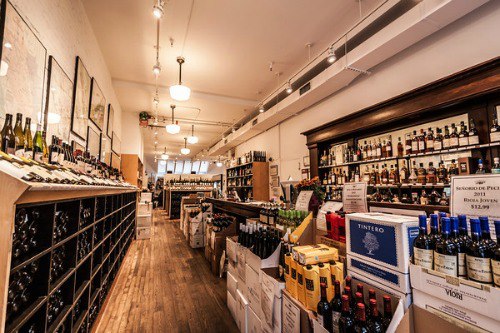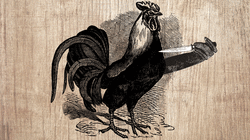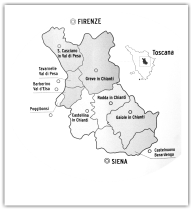A conversation with Jamie Wolff of Chambers Street Wines about Chianti Classico in the NY retail wine scene:
MS: What is the biggest challenge facing the producers of Chianti Classico in the retail wine scene?
JW: For us it’s easy to view Chianti Classico as a very large, richly diverse and correspondingly confusing region; something as simple as commune designations would be an excellent step in clarifying the origin of the wines for the market.
MS: So would commune designations on a Chianti Classico label be important to you as a retailer?
JW: For our shop it makes a lot of sense to include more complete commune designations for Chianti Classico. It will help those of us who sell the wines, but aren’t privileged to spend time in the zone, to develop an understanding of the communes and the differences between them. We also think it would be valuable to the consumer to have that information available in a more focused and obvious manner.
MS: Why for your customers?
JW: Our perception of the New York retail wine market is such that we’re convinced our customers are interested in more detail, not less; we’re certain that the future of good quality estate-bottled wines lies in the specific, the local, the distinctive; we’re certain that the movement away from generic ‘International’-style wine will continue.
MS: What would you say to the Chianti Classico producers or the Consorzio as a whole?
JW: For us transparency in the sharing of information from producer to vendor to customer is paramount, and everything that promotes understanding of the wine is very much to the benefit of all involved.
MS: What is the biggest challenge facing the producers of Chianti Classico in the retail wine scene?
JW: For us it’s easy to view Chianti Classico as a very large, richly diverse and correspondingly confusing region; something as simple as commune designations would be an excellent step in clarifying the origin of the wines for the market.
MS: So would commune designations on a Chianti Classico label be important to you as a retailer?
JW: For our shop it makes a lot of sense to include more complete commune designations for Chianti Classico. It will help those of us who sell the wines, but aren’t privileged to spend time in the zone, to develop an understanding of the communes and the differences between them. We also think it would be valuable to the consumer to have that information available in a more focused and obvious manner.
MS: Why for your customers?
JW: Our perception of the New York retail wine market is such that we’re convinced our customers are interested in more detail, not less; we’re certain that the future of good quality estate-bottled wines lies in the specific, the local, the distinctive; we’re certain that the movement away from generic ‘International’-style wine will continue.
MS: What would you say to the Chianti Classico producers or the Consorzio as a whole?
JW: For us transparency in the sharing of information from producer to vendor to customer is paramount, and everything that promotes understanding of the wine is very much to the benefit of all involved.



 RSS Feed
RSS Feed
